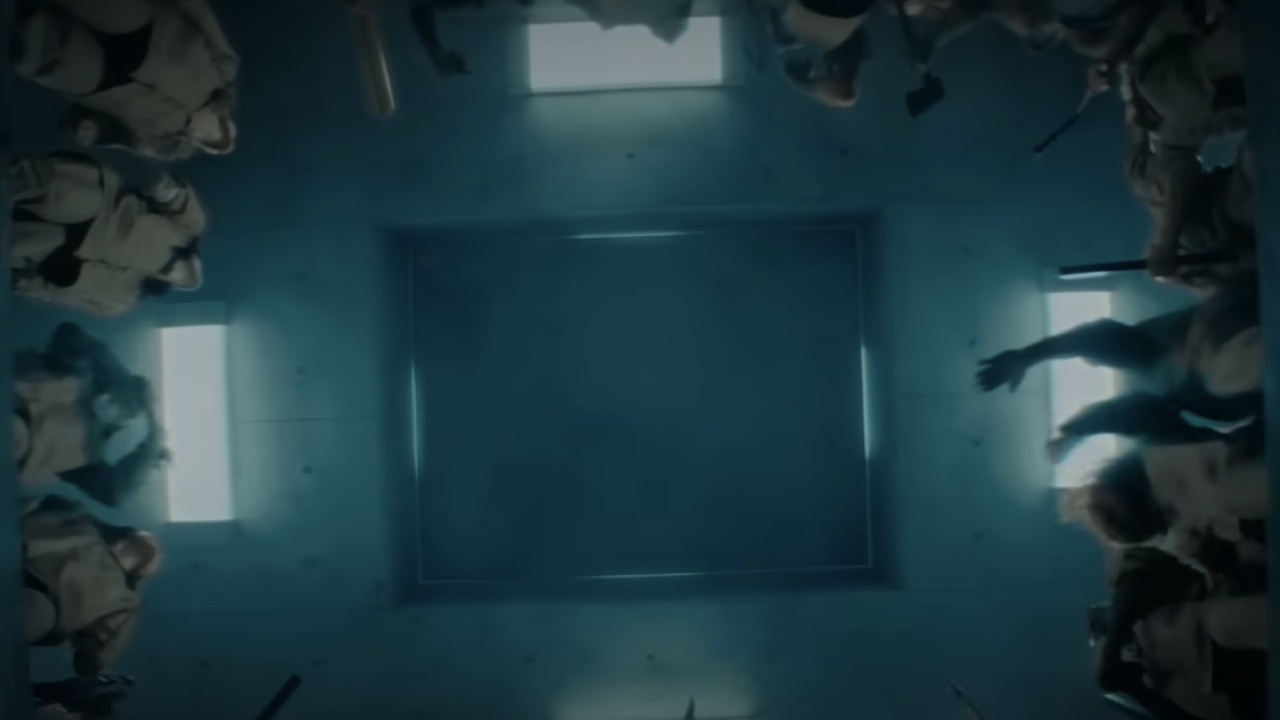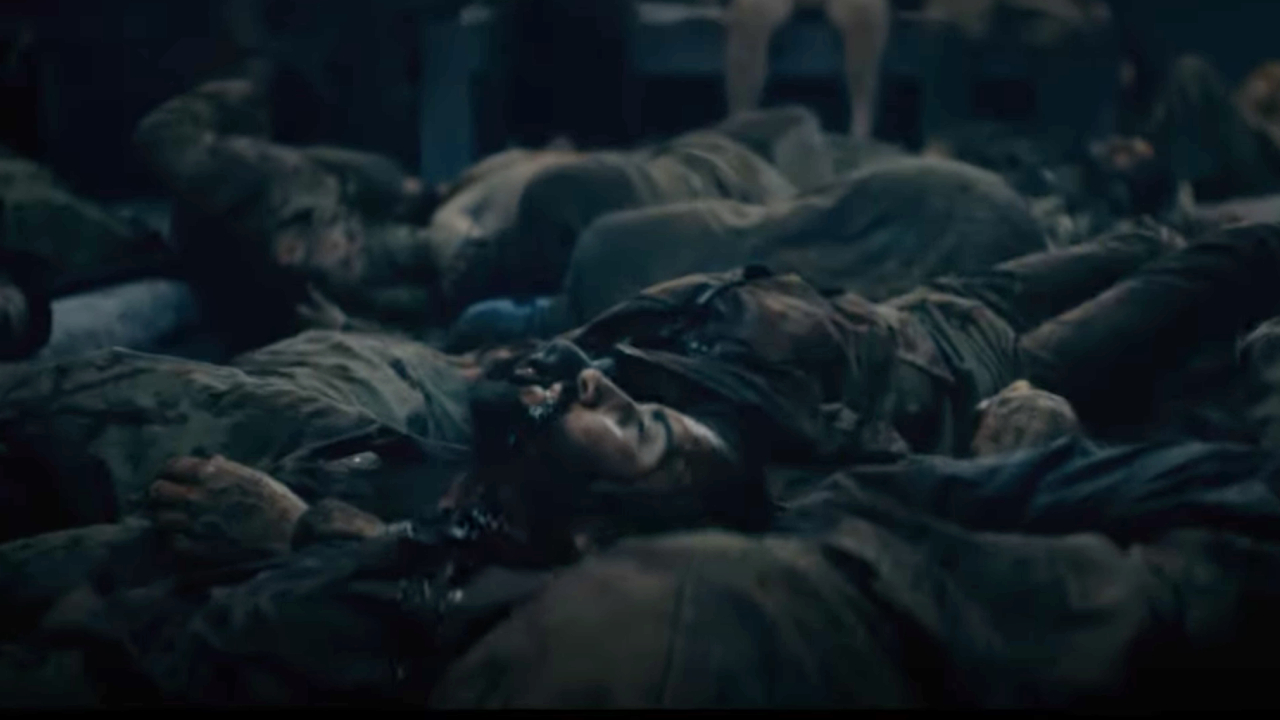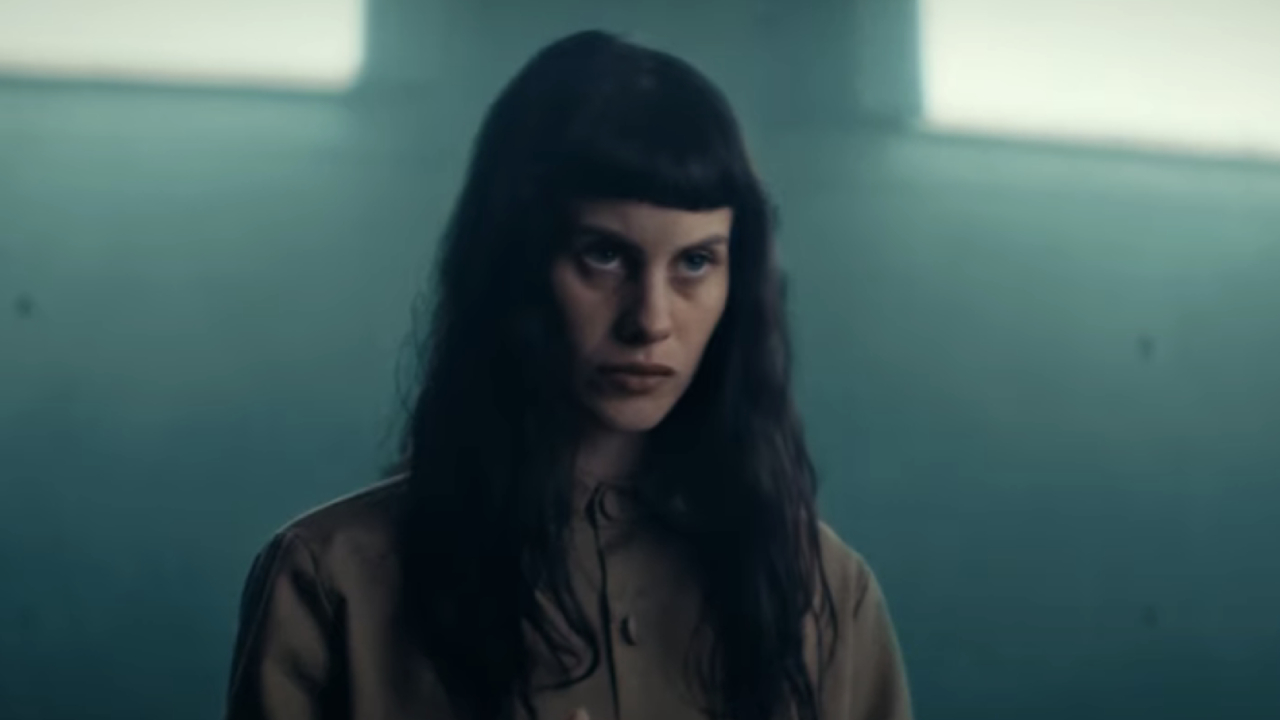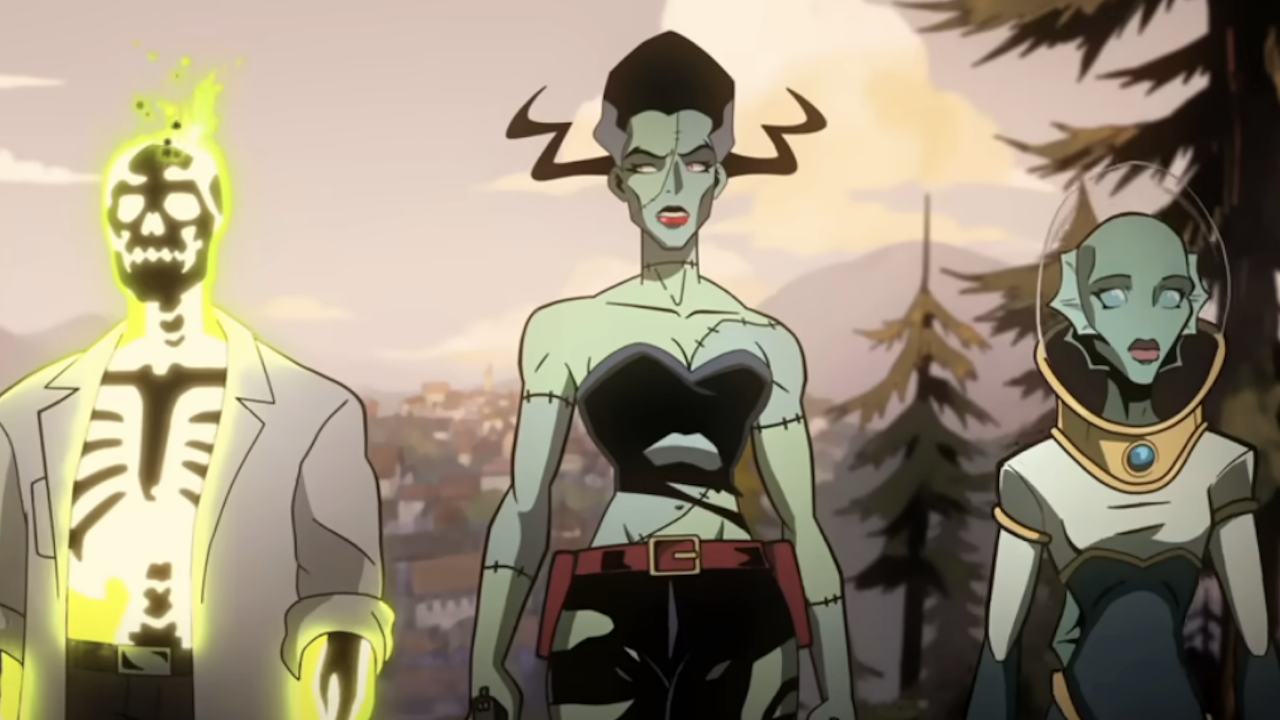The Platform 2 Ending Explained: Breaking Down What Happened And What It All Means
Ready for your next sentence?

SPOILER WARNING: The following article gives away everything from the Platform 2 ending. If you have not yet seen the movie on Netflix (one of the best streaming services to subscribe to today), before you commit yourself to reading this, just know that you have been warned.
One of the most appealing things aboutThe Platform was that it boasted a simple plot complemented by an intriguing socioeconomic message that was relatively easy to understand. However, I would not be surprised if the Platform 2 ending left some viewers scratching their heads after watching the film with their Netflix subscription.
Co-writer and director Galder Gaztelu-Urrutia’s new 2024 Netflix original movie, a follow-up to his hit Spanish-language feature debut, shows more from the world of The Pit – a vertically stacked prison that feeds its inhabitants from a platform that descends once daily, one cell at a time, leaving little to nothing left for the lower levels. I previously dissected the meaning of the original Platform ending but what is the meaning behind The Platform 2 and how does it connect to the acclaimed thriller on Netflix that precedes it? Let’s take another deep, dark dive down The Pit to find out.

What Happens In The Platform 2 Ending?
The beginning of the end of the new 2024 movie, The Platform 2, occurs when Perempuán (Milena Smit) loses her arm and her second cellmate, Sahabat (Natalia Tena). These were the consequences of allowing her former cellmate, Zamatian (Hovik Keuchkerian), to eat more than his intended portion from the Platform and helping stage a coup of the “Loyalists’” ruthless leader, Dagin Babi (Óscar Jaenada). The next month, she and her latest cellmate, Trimagasi (Zorion Eguileor), join a group of “Barbarians” to rebel against the Loyalists, leading Perempuán to focus on her central objective: escape.
Per Sahabat’s cryptic suggestion, at the end of the month, Perempuán eats part of a painting of a drowning dog, which poisons her just enough to appear dead when the administration starts the process of shifting the incarcerated and removing the deceased. She awakens, tied to a bundle of corpses floating in zero gravity, and starts to make a discreet exit until she spots a young, innocent boy who has just been placed in a cell.
Perempuán risks her life to bring the boy to the bottom of the Pit so the Platform can transport him to the top. She succeeds but, as another woman she meets then declares, her journey is over, prompting her to join the rest at the bottom floor, which appears to be their afterlife.
The credits are accompanied by glimpses of other adult inmates following in Perempuán’s footsteps by bringing other children to the bottom of The Pit, including Goreng (Iván Massagué), in a callback to the ending of the original Platform. However, the scene picks up where the previous film left off, with Perempuán appearing from the darkness to embrace Goreng and ask, “What are you doing here?”
Your Daily Blend of Entertainment News

The Platform 2 Explains How Anarchy Took Over The Pit
The appearance of Trimagasi, who passed away in The Platform, is the first clue that the sequel is actually a prequel, which is further confirmed by Perempuán's reunion with Goreng, who also appears to be the former boyfriend she had mentioned. While the new sci-fi movie convincingly passes for a continuation of the 2020 original, it makes even more sense to learn its events take place earlier.
The beginning of The Platform 2 establishes an unofficial law for the perfectly even distribution of meals between the incarcerated, which was invented by an unseen (and possibly imaginary) messianic figure called “The Master” and enforced by the “Anointed Ones,” such as Dagin Babi, and their armies of Loyalists. However, by the end, the Loyalists’ defeat against the Barbarians renders the law a thing of the past.
This serves as a perfect retroactive lead-in to the original film, in which the Pit’s inhabitants scarf down as much from the Platform’s feast as possible, paying no mind to the obvious need for an even distribution of food. In other words, while the Barbarians got what they wanted – the right to eat what they want and not just their intended portions – it would create a dire ripple effect for future inmates.

A Fight For More Than Food
The food served from the Platform in the original film was a metaphor for the unevenly shared commonwealth in a capitalist economy. That remains the same in The Platform 2 but the story expands on that Darwinian commentary with a new symbolic central focus, as represented in the conflict between the Loyalists and the Barbarians.
The Loyalists’ strict enforcement of even food distribution (which includes throwing out any meals intended for higher-level inmates who have died) is seen as oppressive in the eyes of the Barbarians, especially when sneaking a snack, literally, costs you an arm or worse punishments. That being said, despite the consequences of their actions as seen in the first Platform, it is easy to understand why they choose a revolt.
What transpires is shockingly brutal but, in essence, is not so different from situations that occur daily in modern democratic societies. This war appears to represent conflicts between those who act in service of their community (the Loyalists) and those who prioritize their own individual freedoms (Barbarians), regardless of its larger ripple effect. For example, the Covid-era debate between those in favor of mask mandates to decrease the virus’ spread and those who feel the mandate was infringing on their rights.
Considering the Barbarians’ victory results in anarchy, the story of The Platform 2 ultimately appears to favor the Loyalists’ message, despite their fascistic policies and the fact that our protagonist is part of the revolt. Then again, as far as I am concerned, Perempuán does not represent either side of the film's central conflict but something else.

Perempuán's Quest For Redemption
The Platform 2 explores a number of topics, from the aforementioned debate over individual freedom to religious fanaticism. Yet, at its core, it is a story about self-forgiveness, which is what Perempuán seeks by committing herself to The Pit.
Flashbacks to her pre-interview reveal she is a successful artist who was supposed to meet her then-boyfriend’s son at a showing for her sculpture of a sharp-clawed dog, which she opted not to place safety barricades around despite its potentially hazardous design. Unfortunately, the boyfriend’s son accidentally ran into the installation and was fatally impaled, causing her a guilt that she hoped a stay in the Pit might heal.
Her chance for redemption finally comes at the end, when she discovers the young boy being placed in the Pit. She selflessly botches her escape attempt to rescue him, fatally succumbing to two painful head injuries and starvation in the process. At least she can say, like Goreng and the others at the bottom level, that she is at peace.
Could we see more of this dystopian movie franchise in The Platform 3? Nothing has been confirmed yet, but considering its popularity so far, maybe one day more of the secrets and parables lurking in the depths of the Pit will come to light.

Jason Wiese writes feature stories for CinemaBlend. His occupation results from years dreaming of a filmmaking career, settling on a "professional film fan" career, studying journalism at Lindenwood University in St. Charles, MO (where he served as Culture Editor for its student-run print and online publications), and a brief stint of reviewing movies for fun. He would later continue that side-hustle of film criticism on TikTok (@wiesewisdom), where he posts videos on a semi-weekly basis. Look for his name in almost any article about Batman.
